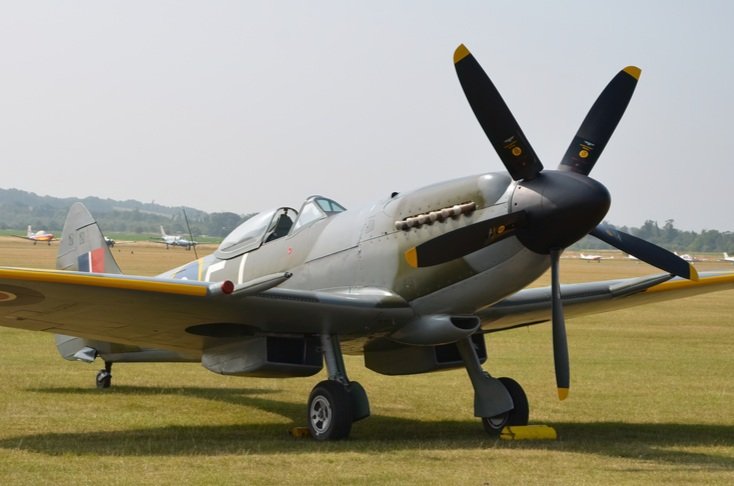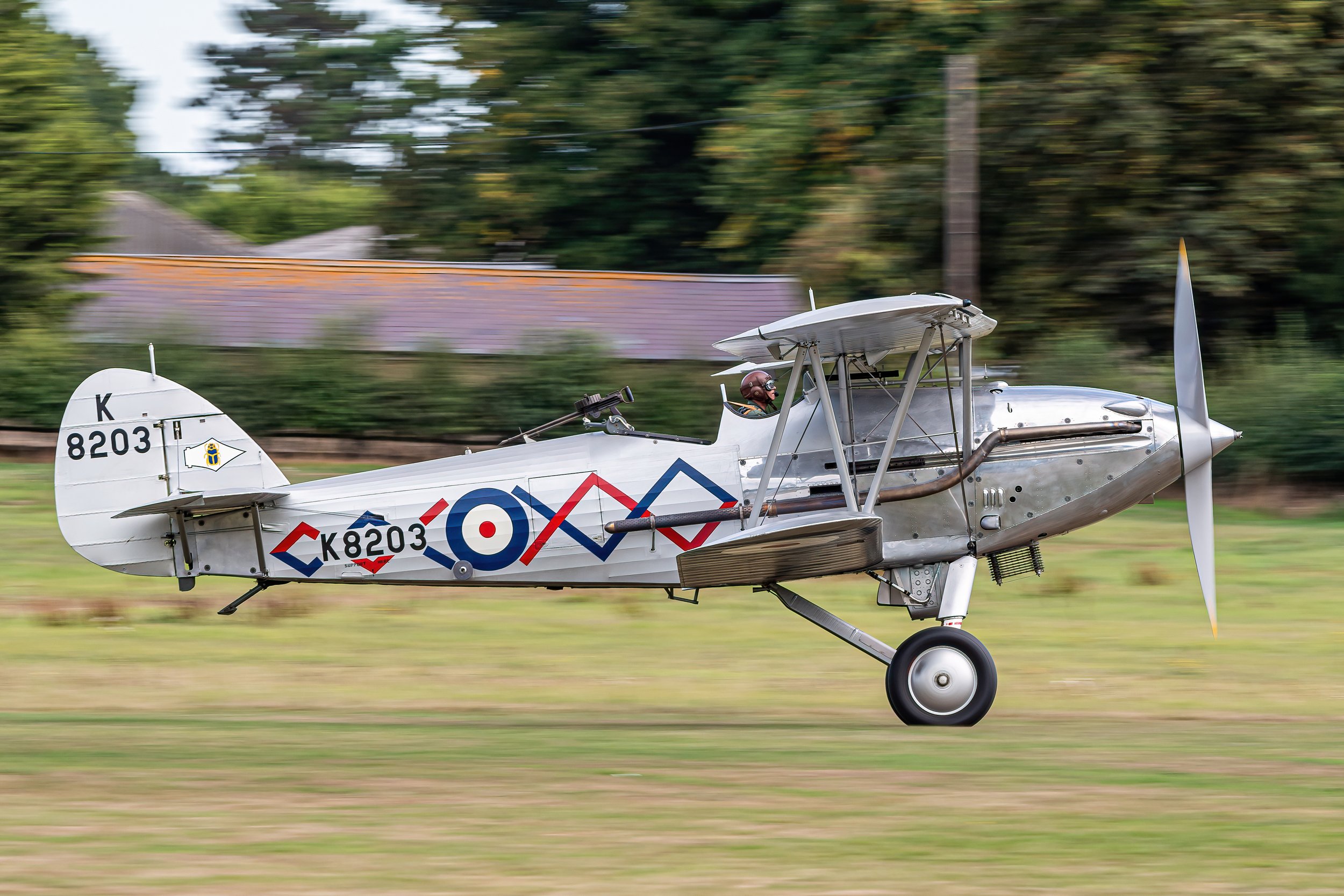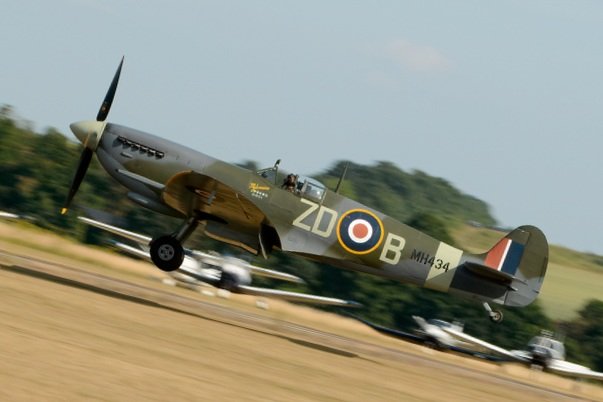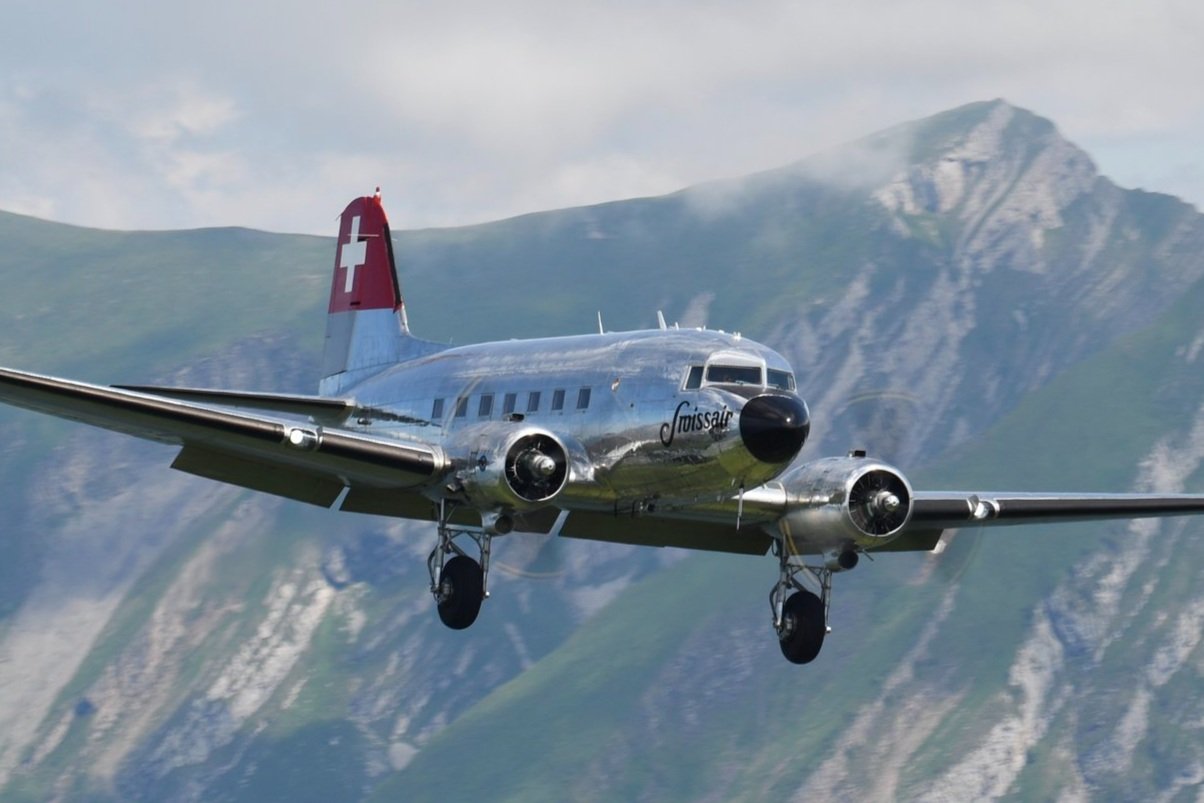Delfin OM-SLK
Year built
1972
Aircraft
L-29 Delfin
Base
Zilina Airport
Aero L-29 Delfin
The Aero L-29 Delfin (English: Dolphin, NATO reporting name: Maya) is a military jet trainer developed and manufactured by Czechoslovakian aviation manufacturer Aero Vodochody. It is the country's first locally designed and constructed jet aircraft, as well as likely being the biggest aircraft industrial programme to take place in any of the Council for Mutual Economic Assistance (COMECON) countries except the Soviet Union.
In response to a sizable requirement for a common jet-propelled trainer to be adopted across the diverse nations of the Eastern Bloc, Aero decided to embark upon their own design project with a view to suitably satisfying this demand. On 5 April 1959, an initial prototype, designated as the XL-29, performed its maiden flight. The L-29 was selected to become the standard trainer for the air forces of Warsaw Pact nations, for which it was delivered from the 1960s onwards. During the early 1970s, the type was succeeded in the principal trainer role by another Aero-built aircraft, the L-39 Albatros, heavily contributing to a decline in demand for the earlier L-29 and the end of its production during 1974.
During the course of the programme, in excess of 3,000 L-29 Delfin trainers were produced. Of these, around 2,000 were reported to have been delivered to the Soviet Union, where it was used as the standard trainer for the Soviet Air Force. Of the others, which included both armed and unarmed models, many aircraft were delivered to the various COMECON countries while others were exported to various overseas nations, including Egypt, Syria, Indonesia, Nigeria and Uganda. Reportedly, the L-29 has been used in active combat during several instances, perhaps the most high-profile being the use of Nigerian aircraft during the Nigerian Civil War of the late 1960s and of Egyptian L-29s against Israeli tanks during the brief Yom Kippur War of 1973.
The Aero L-29 Delfin is a jet-powered trainer aircraft, known for its straightforward and simplistic design and construction. In terms of its basic configuration, it used a mid-wing matched with a T-tail arrangement; the wings were unswept and accommodated air intakes for the engines within the wing roots. The undercarriage was reinforced and capable of withstanding considerable stresses. According to Fredriksen, the L-29 was relatively underpowered, yet exhibited several favourable characteristics in its flight performance, such as its ease of handling. The primary flying controls are manually operated; both the flaps and airbrakes were actuated via hydraulic systems.
Production aircraft were powered by the Czech-designed Motorlet M-701 turbojet engine, which was capable of generating up to 1,960lbf of thrust. Between 1961 and 1968, approximately 9,250 engines were completed; according to reports, no fewer than 5,000 of these engines were manufactured in support of the Delfin programme. The student pilot and their instructor were placed in a tandem seating layout underneath separate canopies, the instructor being placed in a slightly elevated position to better oversee the student. Both the student and instructor were provisioned with ejection seats; these were intentionally interlinked to fire in a synchronised manner if either seat was deployed to eliminate any possibility of a mid-air collision between the two ejector seats occurring.
During their later life, many L-29s were resold to private operators and have seen use in the civil sector. It has become common for various modifications to be carried out to convert the type for such use; these changes would commonly include the removal of military-orientated equipment (such as the gun sight), the replacement of the metric altimeters with Western counterparts, the addition of alternative radio systems, and new ejection seats. It was also routine for several subsystems, such as the oxygen system, to be disabled rather than removed
| Back to Top |













| Back to Top |

































